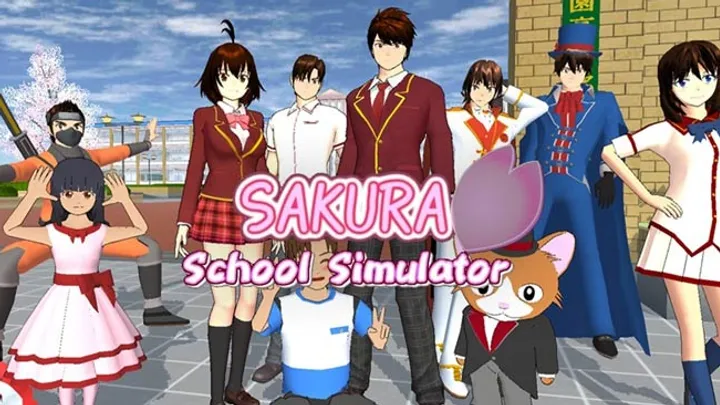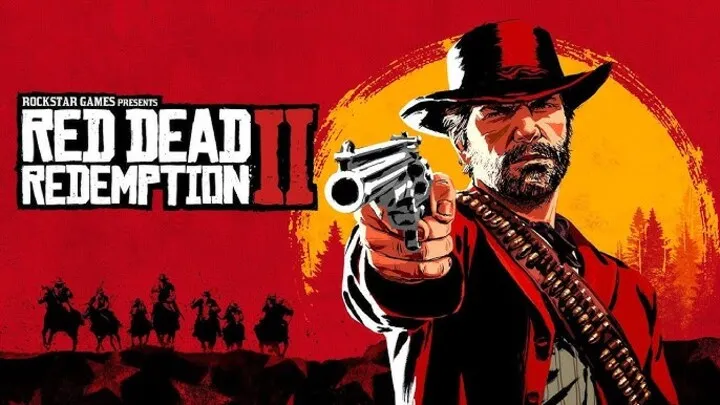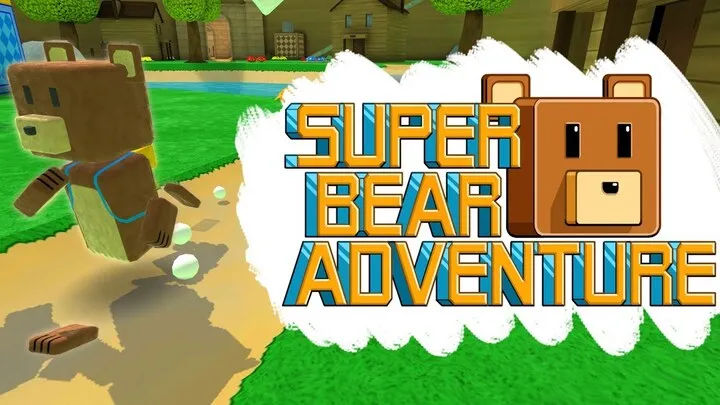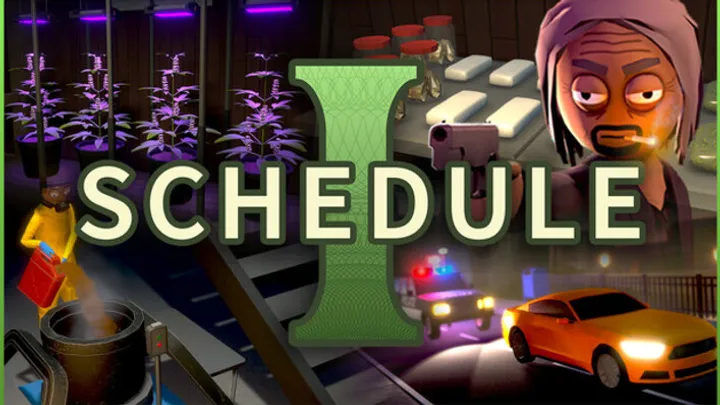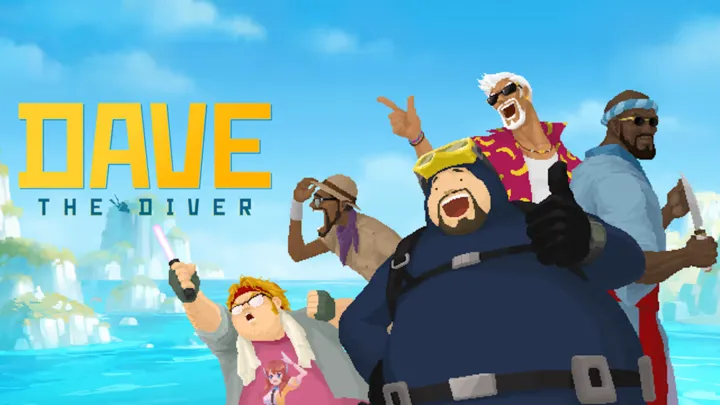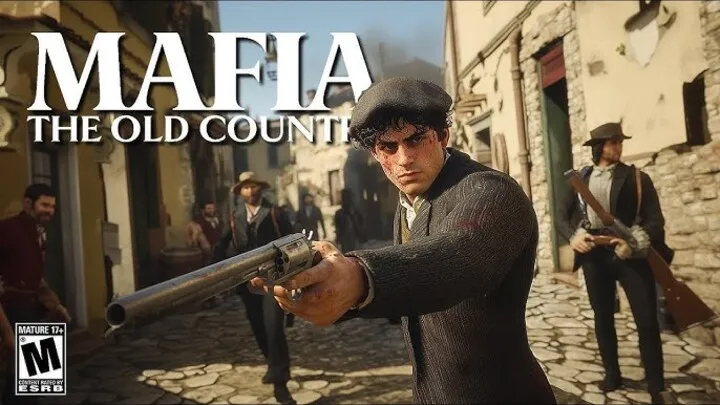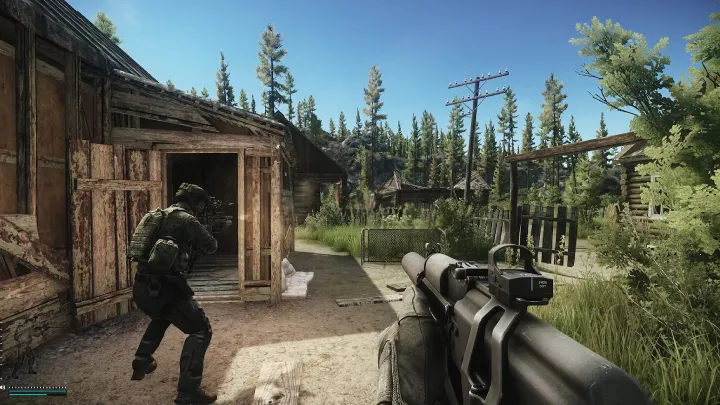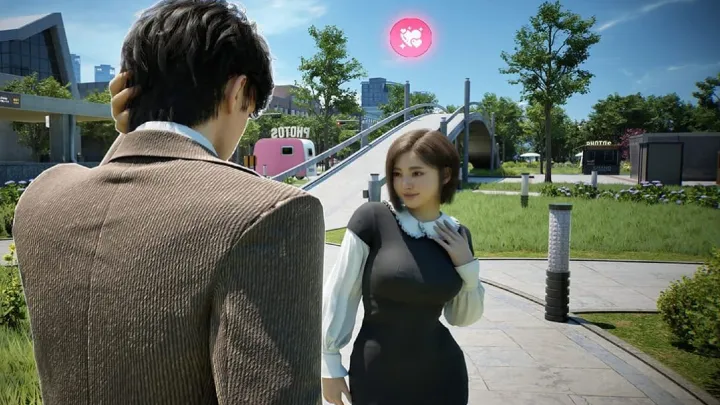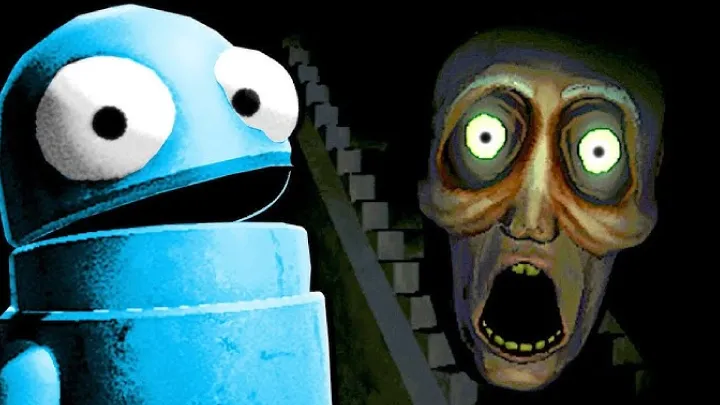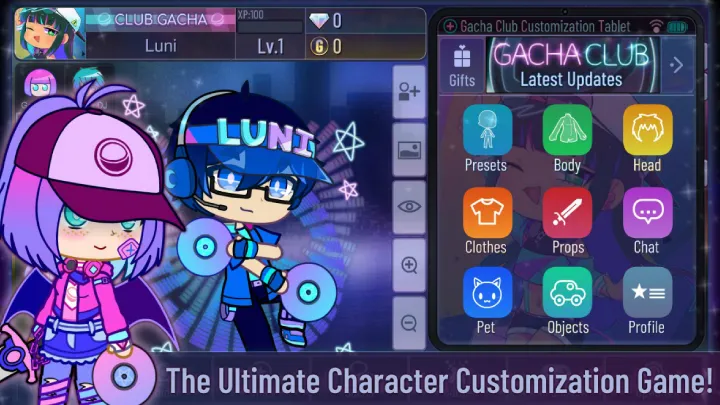Dota 2 is one of the most complex and strategic multiplayer online battle arena (MOBA) games in the world. Developed and published by Valve Corporation, it has become a cornerstone of the global esports scene. The game demands not only mechanical skill but also teamwork, decision-making, and in-depth understanding of heroes, items, and map control. Whether you are a new player just starting your journey or an experienced gamer looking to refine your skills, understanding how to play Dota 2 effectively is essential to becoming a strong competitor.
This comprehensive guide will teach you step by step how to play Dota 2, from the fundamentals of gameplay to advanced strategies.
Understanding the Basics of Dota 2
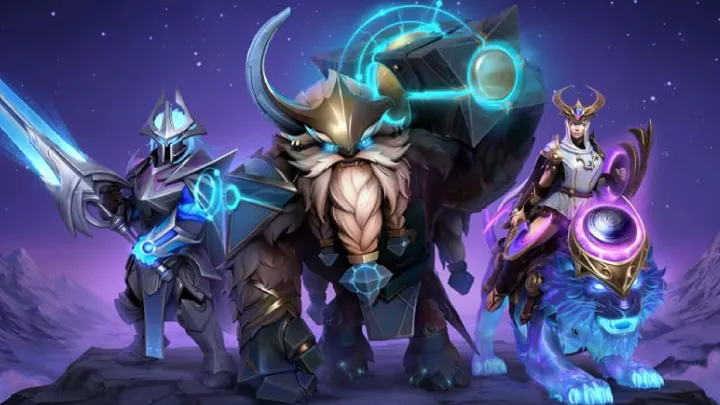
Before diving into matches, you must understand the structure and goals of Dota 2.
The Core Objective
Dota 2 is a five versus five team game where each team aims to destroy the enemy’s Ancient, a large structure located inside the opposing base. The first team to destroy the enemy Ancient wins the match.
The Map and Lanes
The map is divided into three main lanes top, middle, and bottom and a jungle area filled with neutral creeps. Each lane has defensive towers and barracks that must be destroyed to advance toward the enemy base.
Heroes and Roles
Each player controls one unique hero with distinct abilities. There are more than 120 heroes in Dota 2, categorized into roles such as carry, support, offlaner, midlaner, and jungler. Knowing your role is crucial for effective teamwork.
Getting Started – Setting Up Your First Match
Before you play, take time to familiarize yourself with the game setup.
Creating an Account and Calibration
Download Dota 2 from Steam and log in with your account. You will go through tutorial missions to understand movement, combat, and objectives. After a few beginner matches, you can start ranked games once your account is calibrated.
Game Modes
Dota 2 offers several modes:
- All Pick: Players can choose any available hero.
- Ranked: Competitive mode with matchmaking ratings.
- Turbo: A faster-paced version for casual play.
- Captains Mode: Used in professional and team matches.
Interface and Controls
Learn the basic controls right-click to move or attack, hotkeys for abilities, and camera control using the mouse or arrow keys. Customizing key bindings helps improve your speed and accuracy.
Choosing the Right Hero
Hero selection can define the outcome of a match.
Understanding Hero Types
Heroes are divided into three main categories:
- Strength heroes: Durable and great for front-line fighting.
- Agility heroes: High attack speed and damage potential.
- Intelligence heroes: Rely on spells and mana management.
Knowing Your Role
Each player on the team fills a specific role:
- Carry: Grows stronger over time and leads the team in damage late-game.
- Midlaner: Gains quick levels to control tempo.
- Offlaner: Creates space and initiates fights.
- Support: Provides vision, healing, and control.
- Hard Support: Focuses on helping the carry and maintaining map awareness.
Beginner-Friendly Heroes
If you are new, start with easier heroes like Sniper, Lion, Crystal Maiden, or Wraith King. These heroes are simple to use and teach the game’s core mechanics.
Understanding Game Phases
Dota 2 matches are divided into different stages, each requiring specific strategies.
Early Game
In the first 10 minutes, focus on last-hitting creeps to earn gold and experience. Avoid dying, and try to secure kills with your teammates.
Mid Game
Around 10 to 25 minutes, the game transitions to team fights and ganking. Use this time to control objectives like towers and Roshan.
Late Game
After 30 minutes, heroes are usually fully equipped with items. One major team fight can determine the winner, so coordination becomes crucial.
How to Farm and Gain Gold Efficiently
Farming is one of the most important skills to learn in Dota 2.
Last-Hitting and Denying
You gain gold by landing the final hit on enemy creeps. Practice timing your attacks to secure last hits. Denying means killing your own creeps before the enemy does, reducing their experience.
Jungle Farming
The jungle is filled with neutral creeps that give gold and experience. Learn efficient jungle routes to maximize farm when lanes are unsafe.
Item Progression
Spend your gold wisely. Focus on essential items that enhance your hero’s strengths instead of buying random upgrades.
Teamwork and Communication
Dota 2 is a team game, and communication determines victory.
Using Voice and Chat
Coordinate with your teammates using the in-game voice or text chat. Share information about enemy movements, missing heroes, and item timings.
Map Awareness
Always check the minimap. Noticing enemy heroes’ positions helps you avoid ganks and plan team fights.
Role Cooperation
Each role must contribute to the team. Supports should provide vision and healing, carries should focus on farming, and initiators should start fights strategically.
Mastering Items and Builds
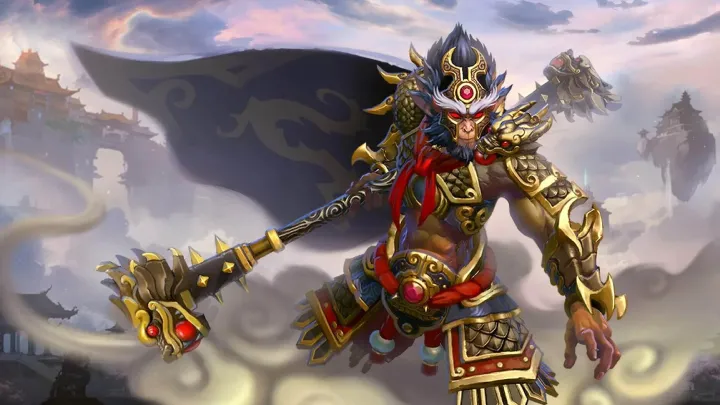
Items can completely change a hero’s power level.
Core vs. Situational Items
Every hero has core items that enhance their abilities, and situational items that counter enemies. For example, Black King Bar provides spell immunity, while Blink Dagger helps with positioning.
Understanding Consumables
Early-game items like Tango, Healing Salve, and Clarity are essential for survival and sustain. Always carry a Town Portal Scroll for fast movement across the map.
Adaptation
Do not follow static item guides blindly. Adjust your build based on enemy heroes, team composition, and match situation.
Understanding Fights and Objectives
Winning team fights is not the only goal in Dota 2 — objectives win games.
Team Fight Strategy
Positioning is key. Let tanks initiate, damage dealers follow up, and supports stay behind to heal and control enemies.
Objectives After Fights
After winning a fight, take objectives such as towers or Roshan instead of wasting time chasing kills.
Map Control
Ward key areas like the jungle and Roshan pit to maintain control. Destroying enemy vision reduces their safety and limits their movement.
Improving Your Game Sense
Game sense is your ability to predict and respond to the flow of the match.
Reading the Map
Always track which enemies are missing. If multiple opponents disappear, they might be preparing for a gank.
Predicting Movements
Anticipate where fights will happen and where enemies might farm. This allows you to position better and react faster.
Decision Making
Sometimes retreating is better than fighting. Learning when to engage or avoid conflict separates experienced players from beginners.
Climbing the Ranks and Playing Competitively
Once you understand the game, ranked play is where you test your skill.
Understanding MMR
Matchmaking Rating (MMR) determines your skill bracket. Winning games increases MMR, while losing decreases it. Focus on consistent improvement rather than just ranking up.
Team Coordination
Playing with a regular team improves chemistry and communication. Practice together to develop strategies and hero combinations.
Watching Professionals
Study professional Dota 2 players and tournaments. Observing their item builds, positioning, and team play can teach valuable lessons.
Tips for Long-Term Improvement
Dota 2 is a deep game that rewards dedication and learning.
Practice Regularly
Play regularly but avoid burnout. Each match teaches something new — mistakes are part of growth.
Learn from Replays
Watch your own game replays to analyze what went wrong. Look for missed opportunities, bad positioning, or poor decisions.
Stay Positive
Toxicity can ruin teamwork. Encourage your teammates, even in difficult matches. A positive mindset improves performance and makes the game enjoyable.
Conclusion
Dota 2 is a game of endless depth and challenge. Mastering it takes patience, practice, and teamwork. From understanding heroes and map control to perfecting farming and communication, every aspect plays a role in your success. Whether you play casually with friends or aim for competitive rankings, remember that every match is a chance to learn something new.
By following this guide, you can progress from a beginner to a skilled player capable of leading your team to victory. Focus on improvement, embrace teamwork, and most importantly, enjoy the game.
Summary :
Learn how to play Dota 2 with strategies for heroes, roles, farming, teamwork, and item builds to master every phase and dominate the battlefield.
